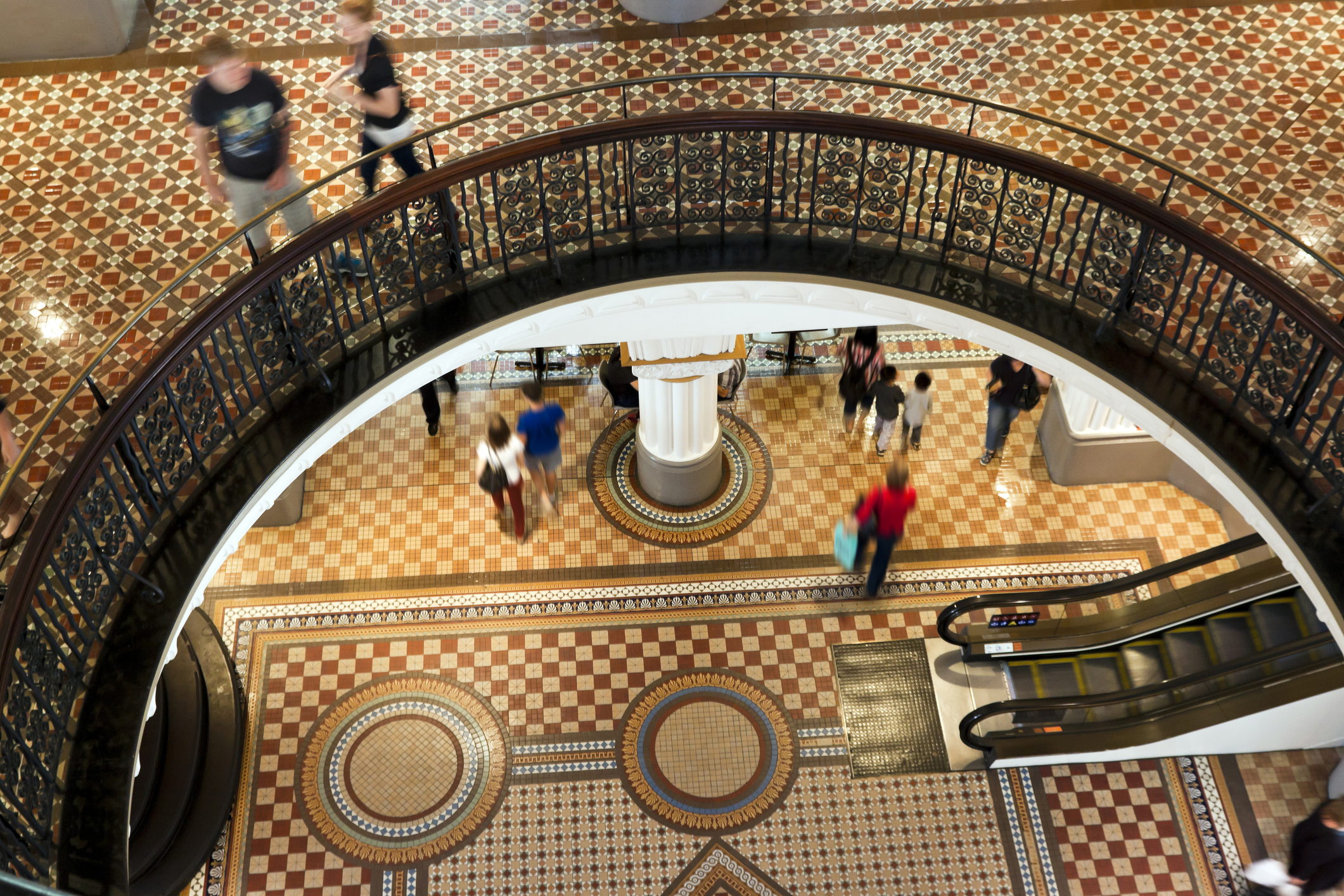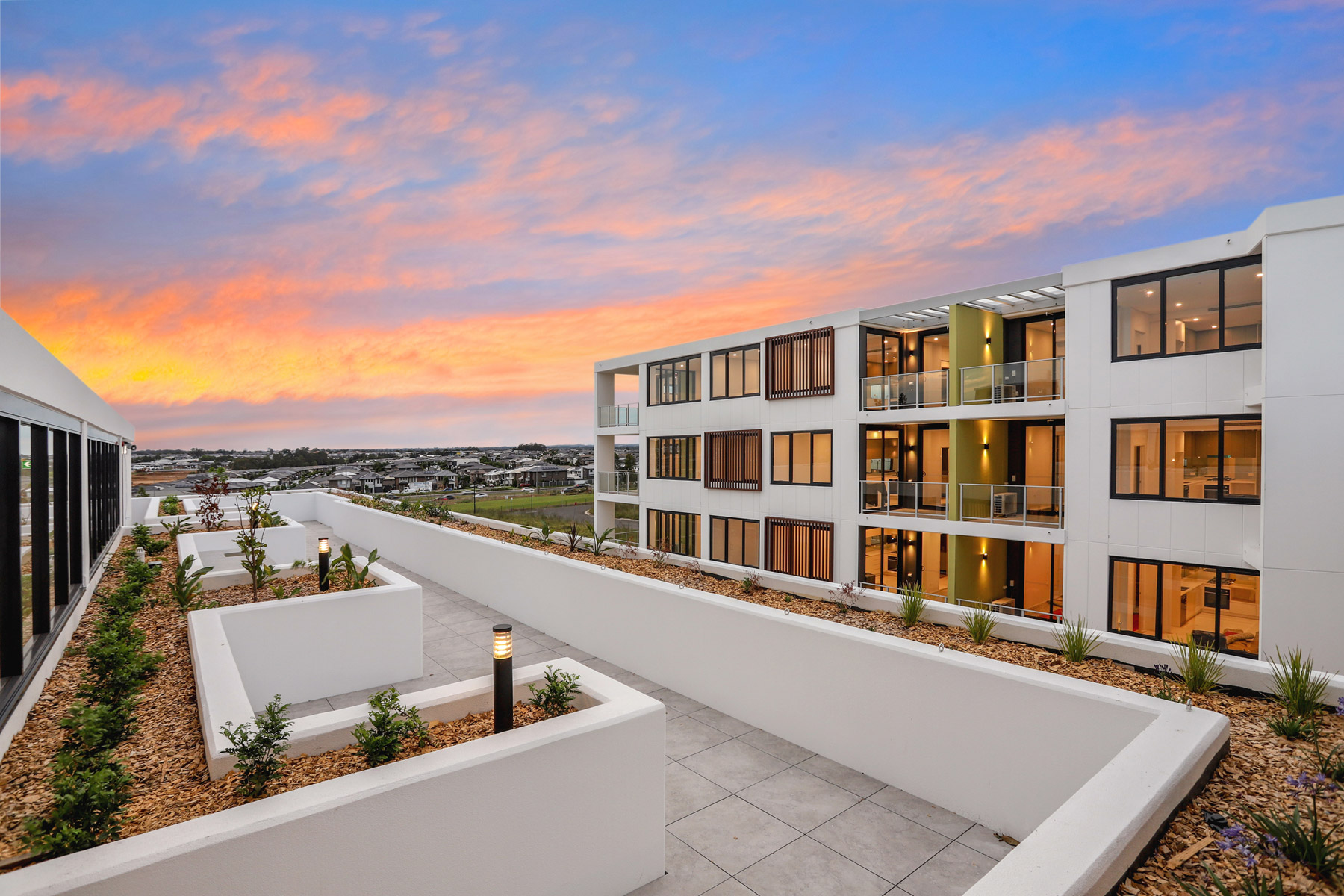Early sales events push retail spend higher
Discounts prove irresistible to shoppers motivated by cost of living pressures
Early end-of-financial-year promotions and mid-year sales events attracted consumers to the shops in May, with Australian retail turnover rising 0.6 percent, according to seasonally adjusted figures from the Australian Bureau of Statistics (ABS). This compares to a 0.1 percent rise in April and a 0.4 percent fall in March.
Robert Ewing, ABS head of business statistics, said consumers were “watchful” and motivated by discounts amid today’s high cost of living.
“Many retailers started end-of-financial–year sales early, offering larger discounts than usual and noted that shoppers remain price-sensitive in response to persistent cost-of-living pressures,” Mr Ewing said. “Retail businesses continue to rely on discounting and sales events to stimulate discretionary spending, following restrained spending in recent months.”
However, May’s boost belies “stagnant” underlying demand trends. Mr Ewing notes retail trading in trend terms is up by 1.5 percent over the year to May, which is very low. Gareth Aird, Head of Australian Economics at CBA, points out that population growth in 2023 was 2.5 percent, so on a per-capita basis a 1.5 percent lift in spending is exceptionally weak.
Mr Aird said shoppers are “savvy, cautious and price sensitive” and “more tactical than usual when determining when to spend on discretionary items”. Non-food retail was stronger than food retail in May, with the highest rise being a 1.6 percent lift in clothing, footwear, and personal accessories spending. Household goods spending lifted 1.1 percent.
Deloitte Access Economics partner, David Rumbens, says frugality is “back in vogue” with persistently rising prices for essentials like rent, insurance and utilities forcing consumers to cut back on discretionary purchases. An expected reduction in population growth as immigration reduces over the next year may also keep retail spending weak.
Deloitte’s latest retail forecasts point to a rocky road ahead, particularly if unemployment rises. Mr Rumbens said the 3.75 percent lift in minimum and award wages give consumers more spending power but will put pressure on business costs. He points out retail and hospitality insolvencies are increasing in today’s economy.
However, tax cuts and eventual interest rate cuts should lead to more retail spending in the second half of 2024 and in 2025. Deloitte forecasts no growth for retail spending overall in 2024 but a 2.5 percent uplift in 2025. “Household goods turnover should pick up more with better economic conditions and with an uplift in national building activity, supported by the Government’s ambitious housing targets,” Mr Rumbens said.
A divide has opened in the tech job market between those with artificial-intelligence skills and everyone else.
A 30-metre masterpiece unveiled in Monaco brings Lamborghini’s supercar drama to the high seas, powered by 7,600 horsepower and unmistakable Italian design.
A divide has opened in the tech job market between those with artificial-intelligence skills and everyone else.
There has rarely, if ever, been so much tech talent available in the job market. Yet many tech companies say good help is hard to find.
What gives?
U.S. colleges more than doubled the number of computer-science degrees awarded from 2013 to 2022, according to federal data. Then came round after round of layoffs at Google, Meta, Amazon, and others.
The Bureau of Labor Statistics predicts businesses will employ 6% fewer computer programmers in 2034 than they did last year.
All of this should, in theory, mean there is an ample supply of eager, capable engineers ready for hire.
But in their feverish pursuit of artificial-intelligence supremacy, employers say there aren’t enough people with the most in-demand skills. The few perceived as AI savants can command multimillion-dollar pay packages. On a second tier of AI savvy, workers can rake in close to $1 million a year .
Landing a job is tough for most everyone else.
Frustrated job seekers contend businesses could expand the AI talent pipeline with a little imagination. The argument is companies should accept that relatively few people have AI-specific experience because the technology is so new. They ought to focus on identifying candidates with transferable skills and let those people learn on the job.
Often, though, companies seem to hold out for dream candidates with deep backgrounds in machine learning. Many AI-related roles go unfilled for weeks or months—or get taken off job boards only to be reposted soon after.
Playing a different game
It is difficult to define what makes an AI all-star, but I’m sorry to report that it’s probably not whatever you’re doing.
Maybe you’re learning how to work more efficiently with the aid of ChatGPT and its robotic brethren. Perhaps you’re taking one of those innumerable AI certificate courses.
You might as well be playing pickup basketball at your local YMCA in hopes of being signed by the Los Angeles Lakers. The AI minds that companies truly covet are almost as rare as professional athletes.
“We’re talking about hundreds of people in the world, at the most,” says Cristóbal Valenzuela, chief executive of Runway, which makes AI image and video tools.
He describes it like this: Picture an AI model as a machine with 1,000 dials. The goal is to train the machine to detect patterns and predict outcomes. To do this, you have to feed it reams of data and know which dials to adjust—and by how much.
The universe of people with the right touch is confined to those with uncanny intuition, genius-level smarts or the foresight (possibly luck) to go into AI many years ago, before it was all the rage.
As a venture-backed startup with about 120 employees, Runway doesn’t necessarily vie with Silicon Valley giants for the AI job market’s version of LeBron James. But when I spoke with Valenzuela recently, his company was advertising base salaries of up to $440,000 for an engineering manager and $490,000 for a director of machine learning.
A job listing like one of these might attract 2,000 applicants in a week, Valenzuela says, and there is a decent chance he won’t pick any of them. A lot of people who claim to be AI literate merely produce “workslop”—generic, low-quality material. He spends a lot of time reading academic journals and browsing GitHub portfolios, and recruiting people whose work impresses him.
In addition to an uncommon skill set, companies trying to win in the hypercompetitive AI arena are scouting for commitment bordering on fanaticism .
Daniel Park is seeking three new members for his nine-person startup. He says he will wait a year or longer if that’s what it takes to fill roles with advertised base salaries of up to $500,000.
He’s looking for “prodigies” willing to work seven days a week. Much of the team lives together in a six-bedroom house in San Francisco.
If this sounds like a lonely existence, Park’s team members may be able to solve their own problem. His company, Pickle, aims to develop personalised AI companions akin to Tony Stark’s Jarvis in “Iron Man.”
Overlooked
James Strawn wasn’t an AI early adopter, and the father of two teenagers doesn’t want to sacrifice his personal life for a job. He is beginning to wonder whether there is still a place for people like him in the tech sector.
He was laid off over the summer after 25 years at Adobe , where he was a senior software quality-assurance engineer. Strawn, 55, started as a contractor and recalls his hiring as a leap of faith by the company.
He had been an artist and graphic designer. The managers who interviewed him figured he could use that background to help make Illustrator and other Adobe software more user-friendly.
Looking for work now, he doesn’t see the same willingness by companies to take a chance on someone whose résumé isn’t a perfect match to the job description. He’s had one interview since his layoff.
“I always thought my years of experience at a high-profile company would at least be enough to get me interviews where I could explain how I could contribute,” says Strawn, who is taking foundational AI courses. “It’s just not like that.”
The trouble for people starting out in AI—whether recent grads or job switchers like Strawn—is that companies see them as a dime a dozen.
“There’s this AI arms race, and the fact of the matter is entry-level people aren’t going to help you win it,” says Matt Massucci, CEO of the tech recruiting firm Hirewell. “There’s this concept of the 10x engineer—the one engineer who can do the work of 10. That’s what companies are really leaning into and paying for.”
He adds that companies can automate some low-level engineering tasks, which frees up more money to throw at high-end talent.
It’s a dynamic that creates a few handsomely paid haves and a lot more have-nots.
Ophora Tallawong has launched its final release of quality apartments priced under $700,000.
A 30-metre masterpiece unveiled in Monaco brings Lamborghini’s supercar drama to the high seas, powered by 7,600 horsepower and unmistakable Italian design.


















